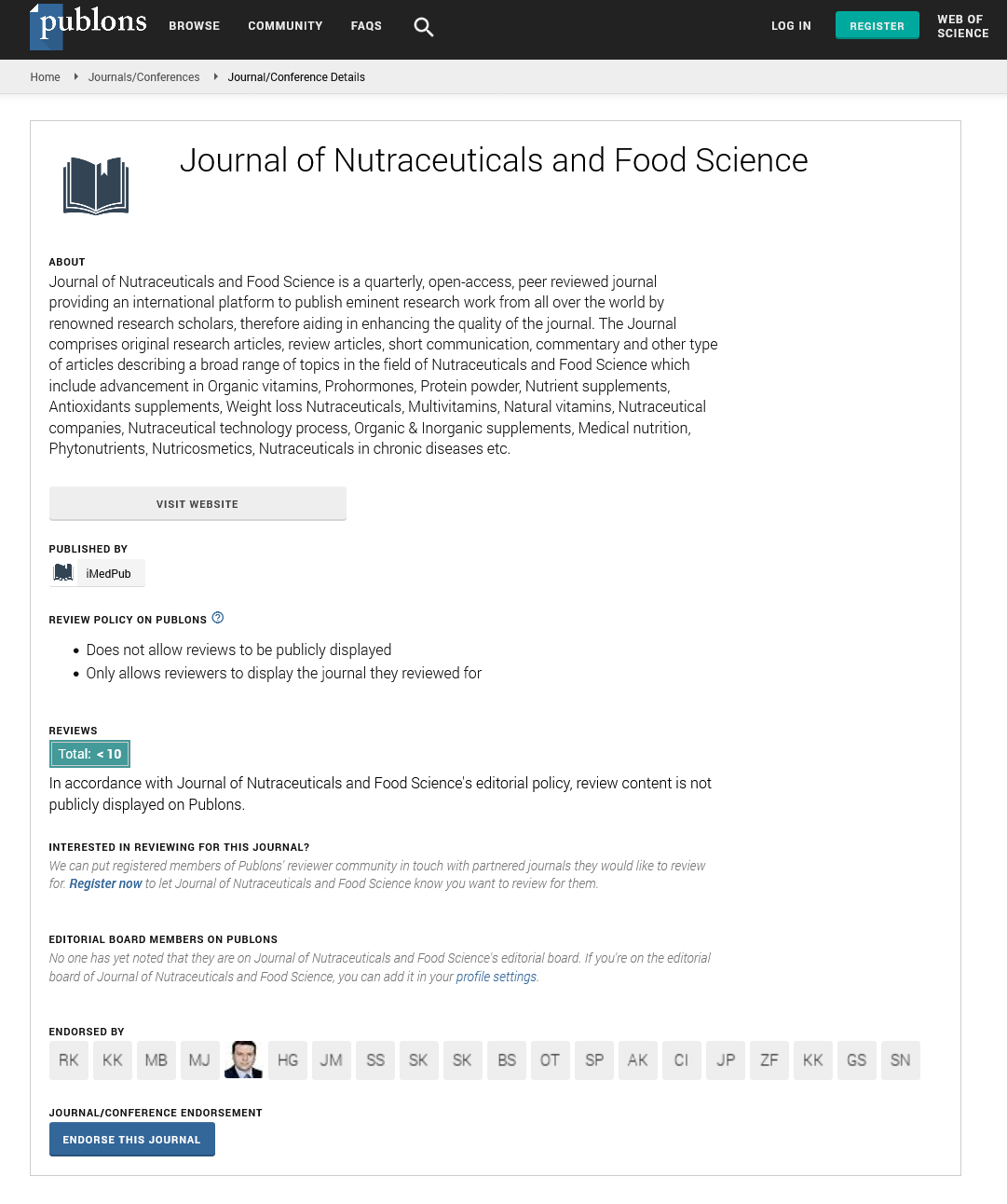Abstract
Safety and Viability of Raw Beef in Standard or Hospital Nutrition Regimens: A Single-Center Retrospective Study
Background: Malnutrition is highly prevalent in patients admitted to the hospital and thus represents a prognostic factor of worse outcomes. Malnutrition frequently occurs during hospitalization, but proactive management of these patients can improve their prognosis. Instead of resorting to artificial nutrition, one potential option is to enhance dietary offerings by introducing more appealing and modern dishes inspired by local culinary traditions. With improved hygiene standards and rigorous control measures, certain previously excluded preparations, such as raw beef dishes, could be considered for inclusion in hospital menus. In this study, we present our experience in this regard.
Methods: Over a period of four months during the summer, a raw meat-based dinner option, specifically hand-chopped Piemontese fassona beef tartare, was incorporated into both the standard and hospital nutrition regimens once every two weeks. This meat has an excellent protein and fat composition, a good amount of polyunsaturated fats and organoleptic characteristics.
Results: Following the four-month period, given the positive feedback received from patients, a retrospective analysis of medical records was conducted to investigate the occurrence of zoonotic diseases. The dish was selected 345 times out of 1,217 total servings (28.4%) across all wards, including the palliative care ward with patients in the preterminal stage. The selection rate was 39% among female patients. No infectious complications were detected.
Conclusion: In geographically low-contamination areas, the introduction of raw beef dishes is both feasible in both hospital and standard nutrition, provided that certified high hygienic standards are adhered to throughout the preparatory procedure.
Author(s): Massimo Quarenghi*, Maria Mallone, Teodoro Chiaravalloti, Alessia Bergamaschi and Rosamaria Turri Quarenghi
Abstract | Full-Text | PDF
Share this

Google scholar citation report
Citations : 393
Journal of Nutraceuticals and Food Science received 393 citations as per google scholar report
Journal of Nutraceuticals and Food Science peer review process verified at publons
Abstracted/Indexed in
- Google Scholar
- Publons
- Secret Search Engine Labs
Open Access Journals
- Aquaculture & Veterinary Science
- Chemistry & Chemical Sciences
- Clinical Sciences
- Engineering
- General Science
- Genetics & Molecular Biology
- Health Care & Nursing
- Immunology & Microbiology
- Materials Science
- Mathematics & Physics
- Medical Sciences
- Neurology & Psychiatry
- Oncology & Cancer Science
- Pharmaceutical Sciences


